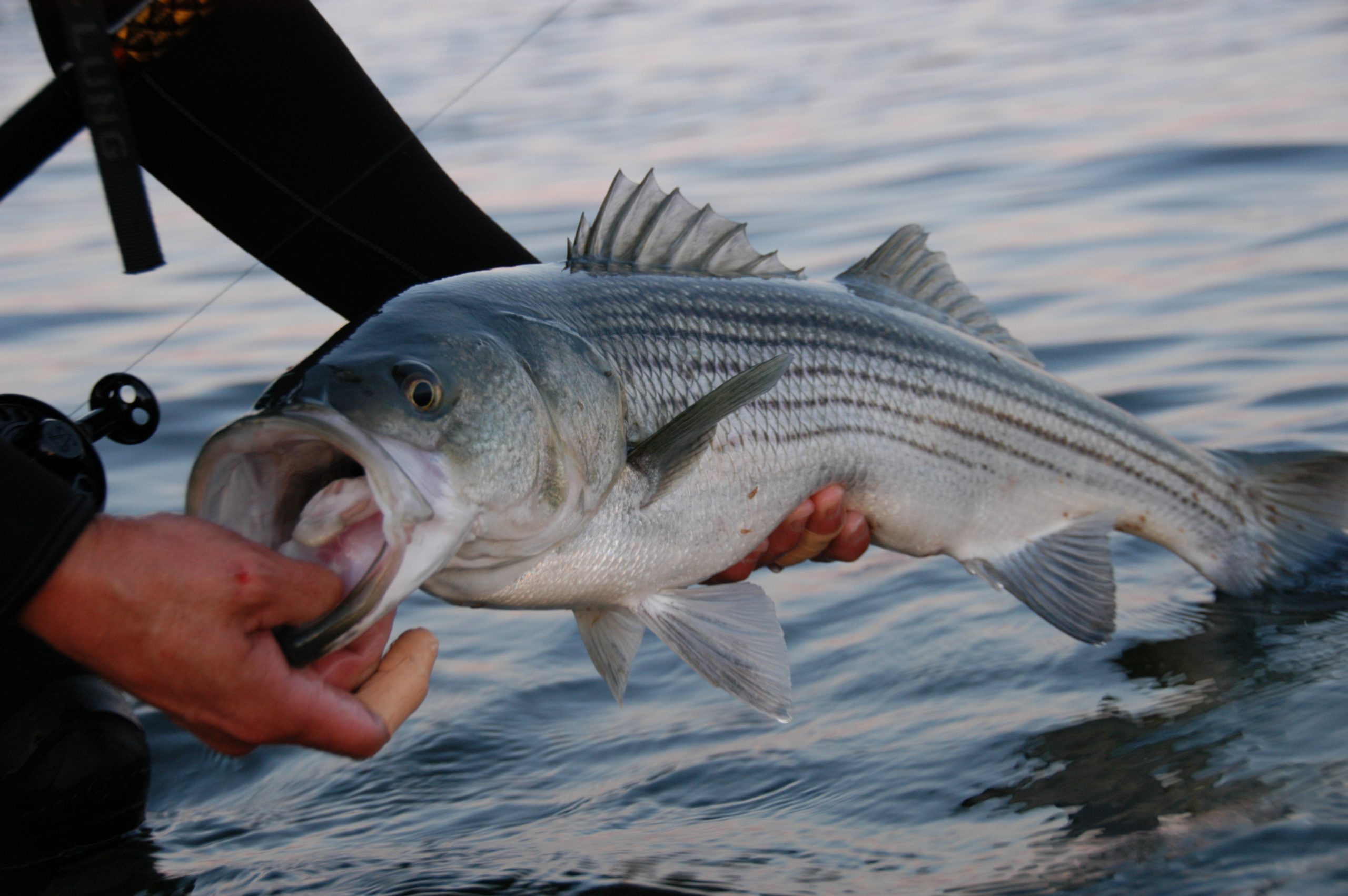FEDUS Certified Premium 8K High-Speed HDMI Cable (8K@60Hz & 4K@120Hz Nylon Braided HDMI Cables Cord 2.1, 48Gbps HDCP 2.2 & 2.3, HDR 10 Ethernet, eARC, Compatible with Laptop, PC, Monitor, TV, PS5/Xbox
Nieuw
$1110
In stock
India
0 voorbeeld
▶THOUGHTFUL DESIGN+ANTI-INTERFERENCE - This HDMI wire with 26AWG copper wire and triple shielding layer, reduces signal interference with wireless services, while ensuring the transmission speed and stability. Tested plug and unplug for 10,000+ times. Double braided premium nylon effectively extending service Life. The tail's anti-bending design has been upgraded to make it more durable. 24K gold plated corrosion resistant connectors accurately transmits signals.
▶TOP PERFORMANCE FOR VIDEO STREAMING - The newly upgraded 8K HDMI 2.1 Cable supports 8K@60HZ and 4K@120HZ. 3D stereo imaging technology, with 8K HDMI's unique dynamic HDR and 12 Bit color processing technology, it delivers unbelievably stunning videos with more ideal depth, brightness, detail, contrast, and wider color gamut, making your home the best movie theater ever. Every scene feels like it's happening right in front of you
▶MADE FOR GAMING ENTHUSIASTS - A blazing-fast 120Hz refresh rate at 4K amd 60Hz at 8k maximizes the value of the graphics card and CPU, and gives your gameplay an edge. It can break through 4K, achieve 8K ultra-high image quality, and also supports variable refresh rate (VRR), Dolby Atmos and Dolby Vision and HDMI 2.1 eARC. No lag, screen tearing, or motion blur, just an amazing split-second response and high audio quality, 3D surround sound creates an immersive lifelike world right in your room
▶ULTRA HIGH SPEED CERTIFIED HDMI CABLE – FEDUS 8K HDMI cable was certified by HDMI official organization to be a real 8K HDMI cable, you will find an official "Ultra Certified Cable" label on the package. The certification process certified this HDMI cord had the capability to carry the 8K features like ultra high speed at 48Gbps, Dynamic HDR and 12bit deep color, eARC for Dolby Atmos,h igh resolution 4K@120Hz and 8K@60Hz,etc.
▶TOP PERFORMANCE FOR VIDEO STREAMING - The newly upgraded 8K HDMI 2.1 Cable supports 8K@60HZ and 4K@120HZ. 3D stereo imaging technology, with 8K HDMI's unique dynamic HDR and 12 Bit color processing technology, it delivers unbelievably stunning videos with more ideal depth, brightness, detail, contrast, and wider color gamut, making your home the best movie theater ever. Every scene feels like it's happening right in front of you
▶MADE FOR GAMING ENTHUSIASTS - A blazing-fast 120Hz refresh rate at 4K amd 60Hz at 8k maximizes the value of the graphics card and CPU, and gives your gameplay an edge. It can break through 4K, achieve 8K ultra-high image quality, and also supports variable refresh rate (VRR), Dolby Atmos and Dolby Vision and HDMI 2.1 eARC. No lag, screen tearing, or motion blur, just an amazing split-second response and high audio quality, 3D surround sound creates an immersive lifelike world right in your room
▶ULTRA HIGH SPEED CERTIFIED HDMI CABLE – FEDUS 8K HDMI cable was certified by HDMI official organization to be a real 8K HDMI cable, you will find an official "Ultra Certified Cable" label on the package. The certification process certified this HDMI cord had the capability to carry the 8K features like ultra high speed at 48Gbps, Dynamic HDR and 12bit deep color, eARC for Dolby Atmos,h igh resolution 4K@120Hz and 8K@60Hz,etc.
▶THOUGHTFUL DESIGN+ANTI-INTERFERENCE - This HDMI wire with 26AWG copper wire and triple shielding layer, reduces signal interference with wireless services, while ensuring the transmission speed and stability. Tested plug and unplug for 10,000+ times. Double braided premium nylon effectively extending service Life. The tail's anti-bending design has been upgraded to make it more durable. 24K gold plated corrosion resistant connectors accurately transmits signals.
▶TOP PERFORMANCE FOR VIDEO STREAMING - The newly upgraded 8K HDMI 2.1 Cable supports 8K@60HZ and 4K@120HZ. 3D stereo imaging technology, with 8K HDMI's unique dynamic HDR and 12 Bit color processing technology, it delivers unbelievably stunning videos with more ideal depth, brightness, detail, contrast, and wider color gamut, making your home the best movie theater ever. Every scene feels like it's happening right in front of you
▶MADE FOR GAMING ENTHUSIASTS - A blazing-fast 120Hz refresh rate at 4K amd 60Hz at 8k maximizes the value of the graphics card and CPU, and gives your gameplay an edge. It can break through 4K, achieve 8K ultra-high image quality, and also supports variable refresh rate (VRR), Dolby Atmos and Dolby Vision and HDMI 2.1 eARC. No lag, screen tearing, or motion blur, just an amazing split-second response and high audio quality, 3D surround sound creates an immersive lifelike world right in your room
▶ULTRA HIGH SPEED CERTIFIED HDMI CABLE – FEDUS 8K HDMI cable was certified by HDMI official organization to be a real 8K HDMI cable, you will find an official "Ultra Certified Cable" label on the package. The certification process certified this HDMI cord had the capability to carry the 8K features like ultra high speed at 48Gbps, Dynamic HDR and 12bit deep color, eARC for Dolby Atmos,h igh resolution 4K@120Hz and 8K@60Hz,etc.
0 Reacties
0 aandelen
2K Views
0 voorbeeld






